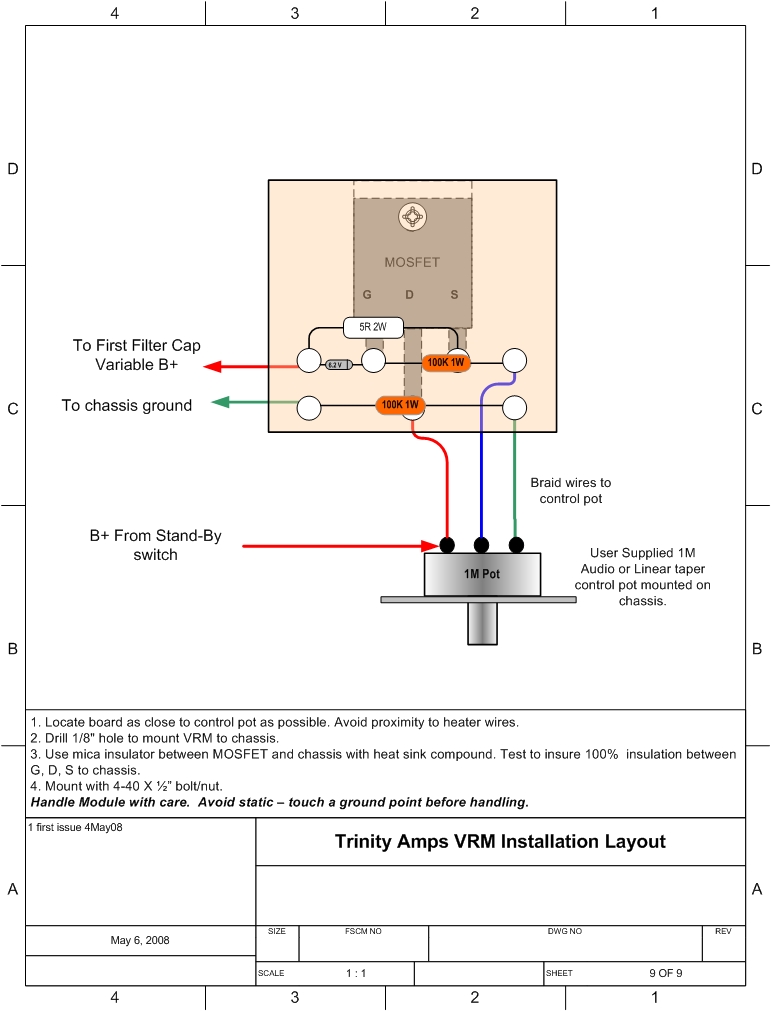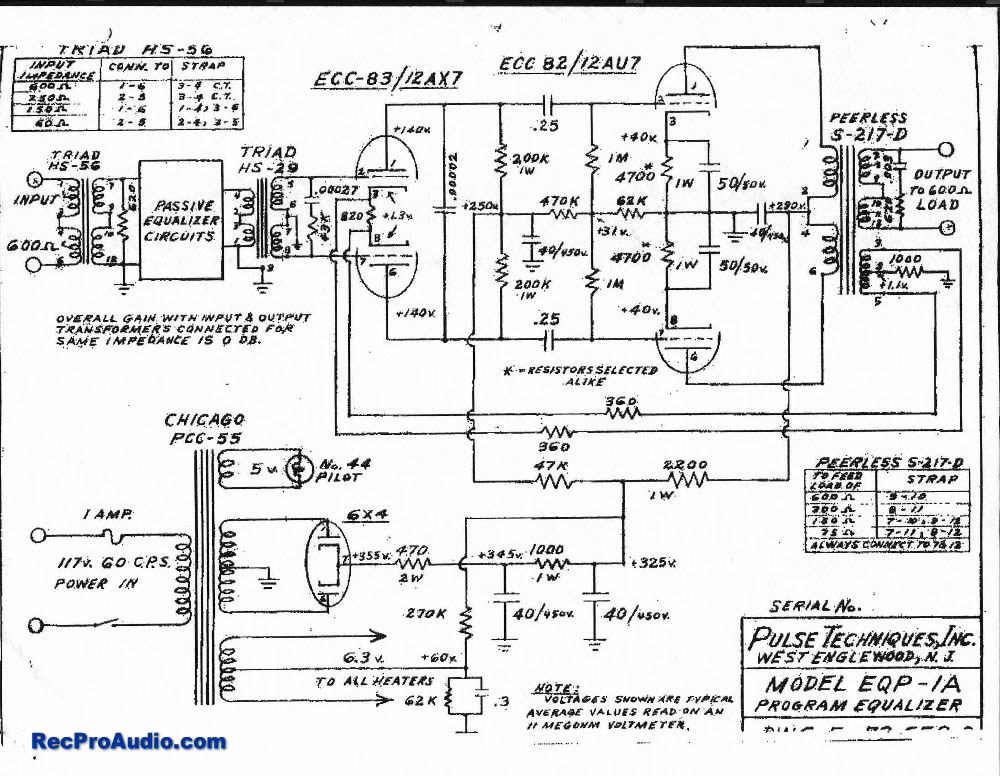emrr said:
+1. You are making it harder, with no obvious justification, and a circuit that has more ways to fail spectacularly.
PRR said:
Why?
IIRC, the NYD can go over 400V supply before the tube is stressed. The 2nd plate resistor will need to be 5 Watt (or three 2-watt parts).
Thank you both, this is exactly what I was looking for. I am gathering knowledge about tube circuits and there's always a small thing or another that I am unsure of.
For example, An old western electric circuit say it can have B+ supply from 250 to 300V but I see people try to have B+ exactly at 300V on a NYD one bottle, these are almost the same circuits so do I really have to care? My power transformer is 280V sec. so unregulated B+ will be quite high but it may not matter. I don' know that, that's why I ask.
These are the simple details I sometimes have a hard time finding in the huge amount of info spread on the forum.
So I guess I'll skip the regulation and be tolerant with the tolerances

Thanks again to both of you, I have learnt much by reading your posts here and almost never had to post a question as everything is alredy covered on the forum.
One small question if I may, not really related to the subjects but related to the project: I saw it on the western electric app sheet and sometimes on the forum, that people reference the heater supply to something else than grouns, say 50V above ground. Why is that, and how do I implement it?
If my heater secondary has no center tap and do a fullwave rectification do I just connect the low side of the rectifier to a 50V tension?
Does it only work if I have a center tap on the heater?
Thanks again for your time, I hope my questions will be helpful to others! Cheers.
Jules









![Electronics Soldering Iron Kit, [Upgraded] Soldering Iron 110V 90W LCD Digital Portable Soldering Kit 180-480℃(356-896℉), Welding Tool with ON/OFF Switch, Auto-sleep, Thermostatic Design](https://m.media-amazon.com/images/I/41gRDnlyfJS._SL500_.jpg)

























